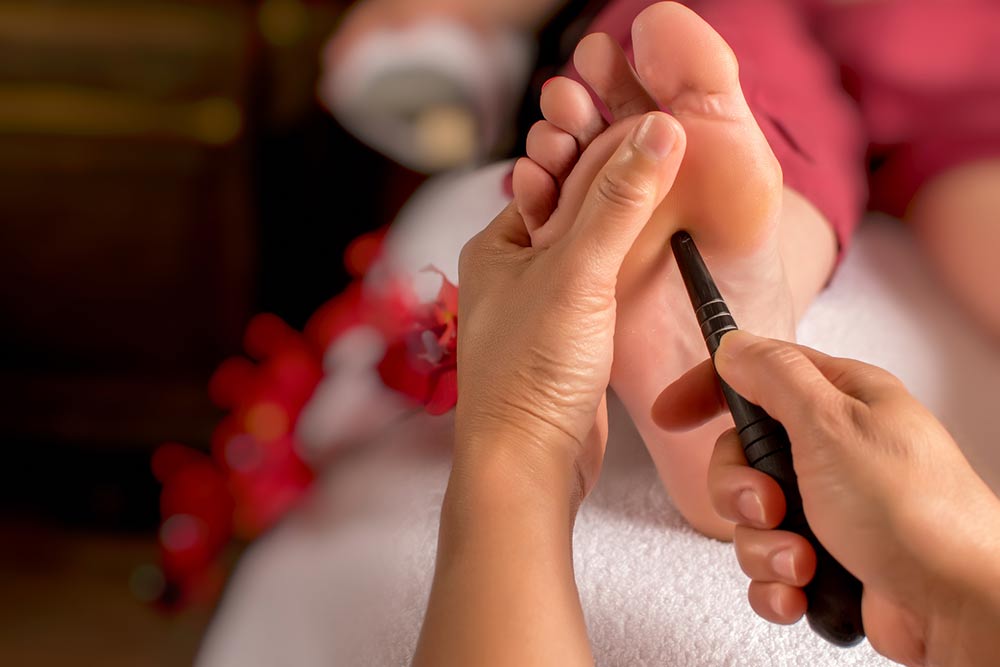4 surprising health benefits of a foot massage

Feet are often neglected when it comes to caring for the body, but if one faces issues with the limb, one will find it hard to move, run, or do any number of things. The constant strain on feet can increase tension and discomfort, affecting overall health. So, it’s a good idea to massage the feet on a routine basis and care for them. Here are four benefits of getting the feet massaged regularly:
Helps with healthier feet
Since a massage can help stimulate the feet, it may promote better foot health. A good massage helps relieve stiffness and tension and promotes better circulation and flexibility in one’s feet. The therapeutic measure could also help prevent foot-related complications like plantar fasciitis, bunions, and flat feet.
Relieves nausea and pain
Experts indicate that a foot massage could help relieve symptoms like nausea and pain, especially if the person experiences it because of emotional distress or sickness. Applying pressure to the top of the foot, below the area where the big toe meets the second toe, could stimulate organs, like the large intestines, heart, and stomach, which helps alleviate nausea and pain.
Decreases blood pressure
Hypertension, or high blood pressure, is usually triggered by lack of exercise, stress, and poor eating habits. A regular foot massage targeting specific muscles in the feet, such as the sole, could help lower such blood pressure. The reflexology of the foot could help lower systolic blood pressure and reduce blood triglyceride levels in those with hypertension, which is beneficial for one’s health.
Betters circulation
With tight work schedules, one may rarely get to relax the muscles in their feet. Moreover, wearing shoes throughout the day could also reduce blood flow and affect circulation. A foot massage for 10 to 20 minutes daily before bed could help improve circulation in the legs and feet. Improved circulation has multiple health benefits, including for those with diabetes. It also helps relax the nerves, which helps the body calm down, enabling one to get better quality sleep.

